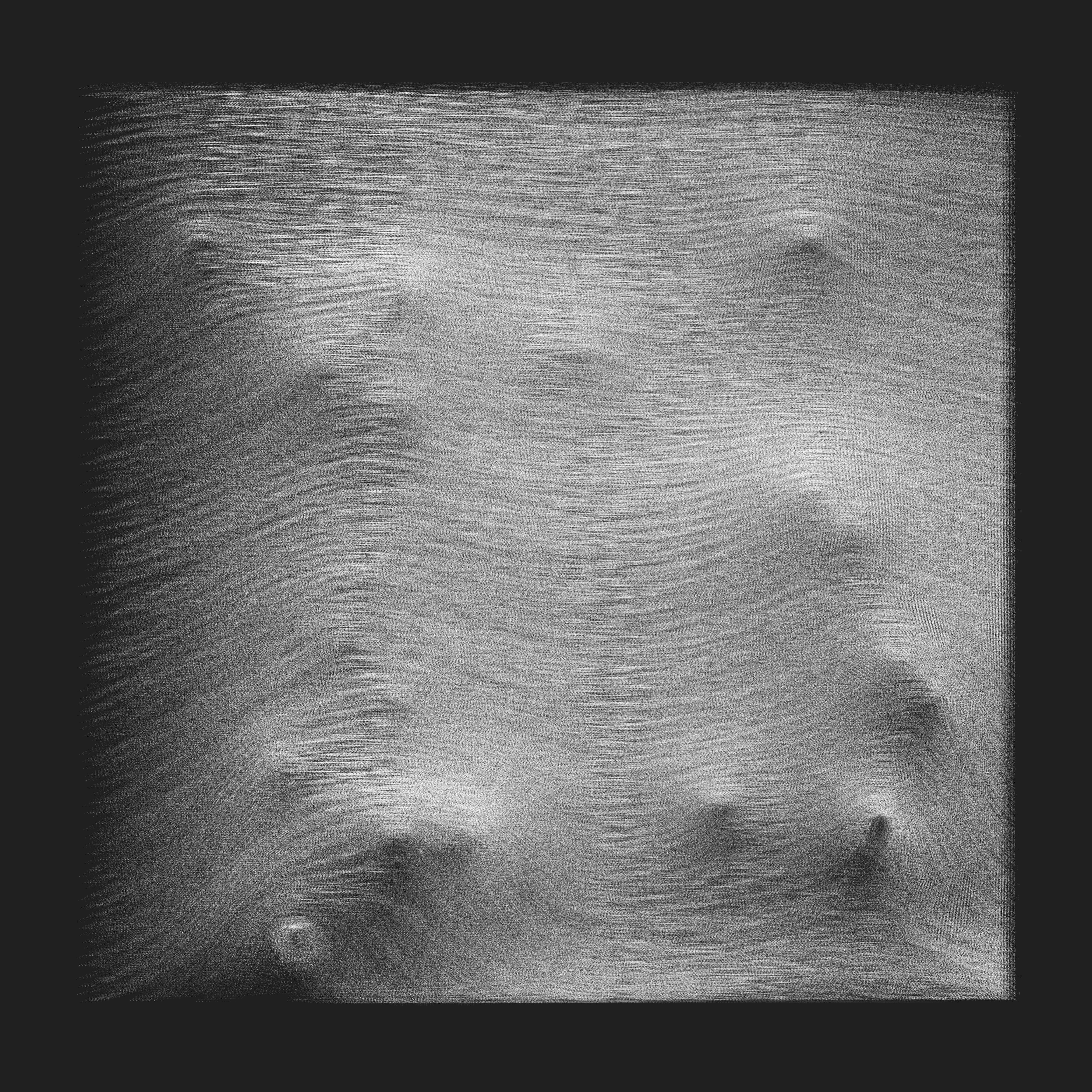Healthy Port Futures, w. Brian Davis, Sean Burkholder; the University of Pennsylvania. Passive sediment management strategies; Great Lakes Basin.
In collaboration with the US Army Corps of Engineers and the Ohio EPA, the project pilots passive sediment management strategies in medium-sized port communities in the Great Lakes Basin.
Sediment management is a crucial issue as sediment dredged from shipping channels and nearshore environs is typically disposed through open-lake placement and rarely beneficially re-used. HPF studies passive sediment management (PSM) strategies for port towns that induce wetland re-establishment while reducing the expensive and detrimental processes of dredging.
'Sensitive Structures: A Landscape Approach for Great Lake Coasts' was given an ASLA Analysis and Planning Professional award in 2020.
The following drawings visualize a series of algorithmic modeling studies, written to explore the experimentation and simulation of PSM over time.
In collaboration with the US Army Corps of Engineers and the Ohio EPA, the project pilots passive sediment management strategies in medium-sized port communities in the Great Lakes Basin.
Sediment management is a crucial issue as sediment dredged from shipping channels and nearshore environs is typically disposed through open-lake placement and rarely beneficially re-used. HPF studies passive sediment management (PSM) strategies for port towns that induce wetland re-establishment while reducing the expensive and detrimental processes of dredging.
'Sensitive Structures: A Landscape Approach for Great Lake Coasts' was given an ASLA Analysis and Planning Professional award in 2020.
The following drawings visualize a series of algorithmic modeling studies, written to explore the experimentation and simulation of PSM over time.














